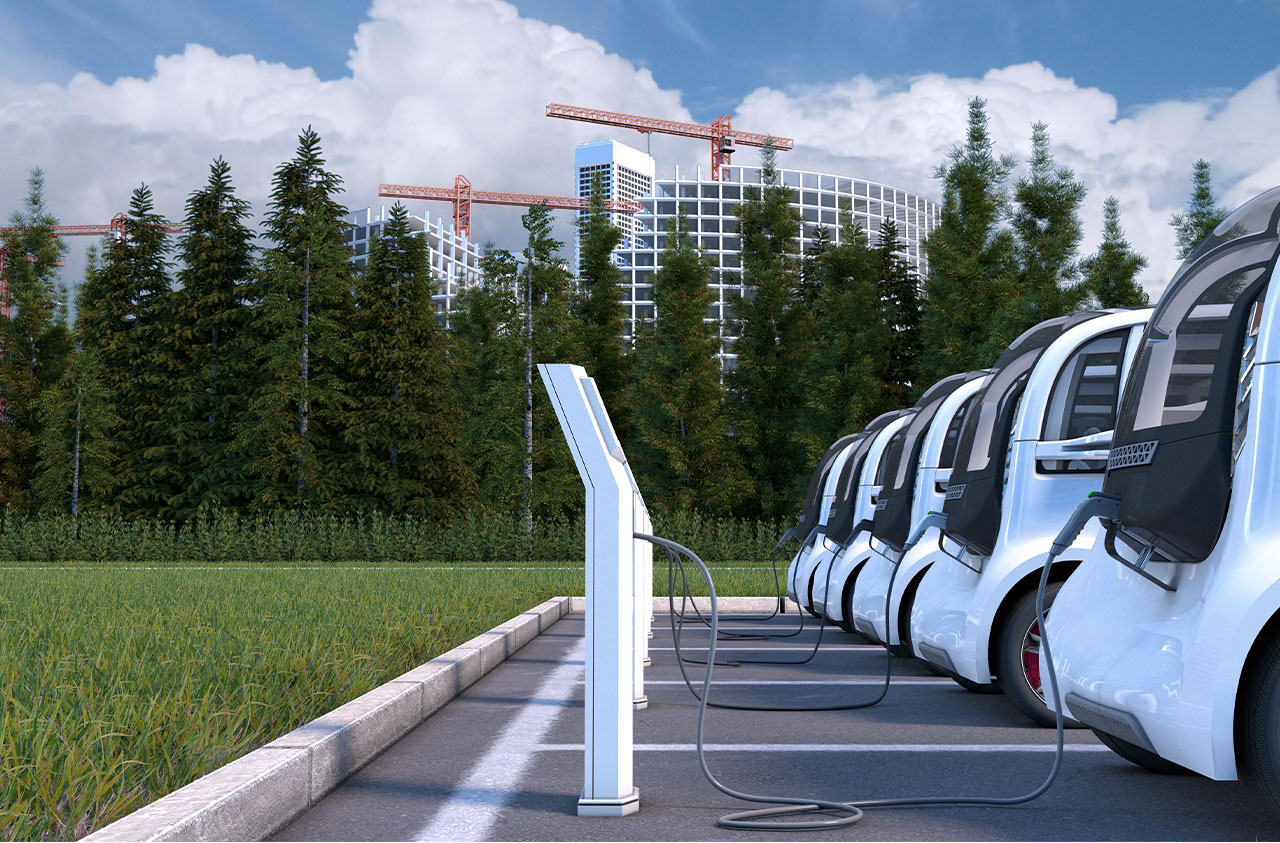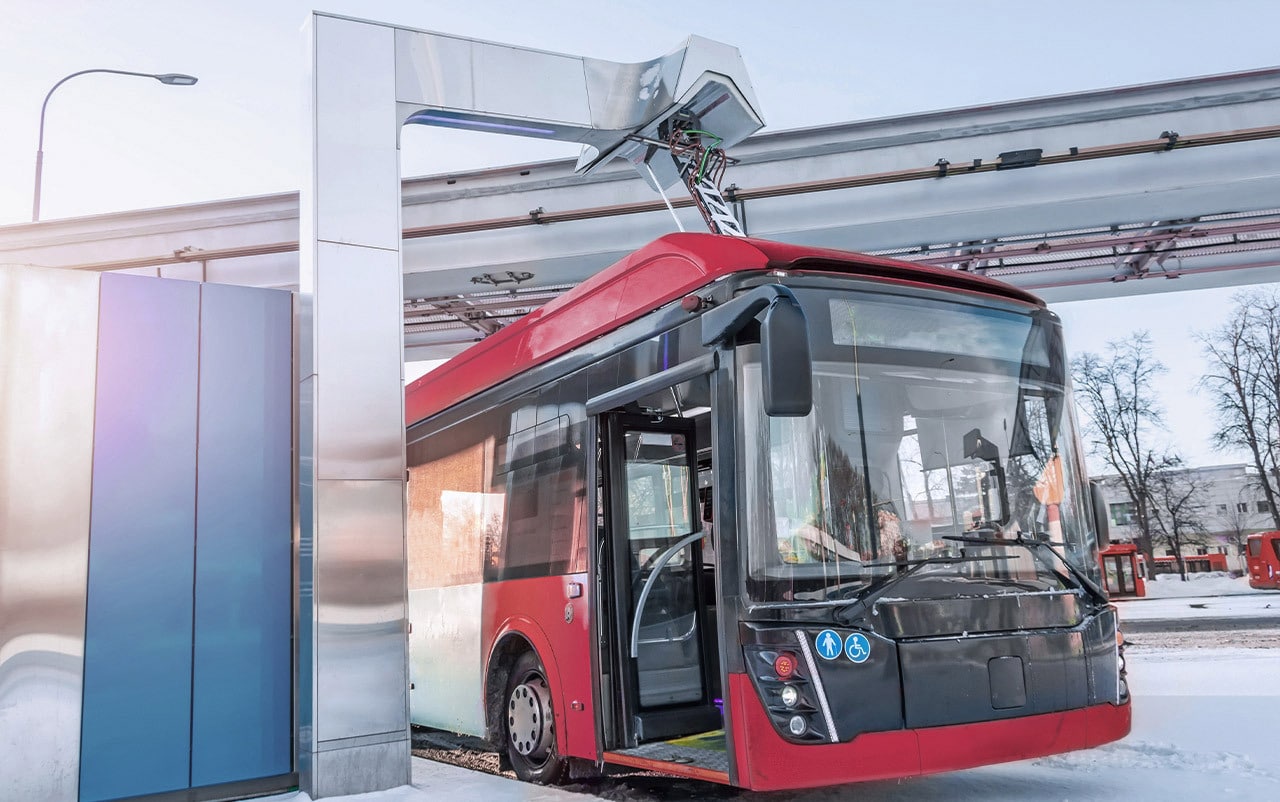Electrification – the key to tackling climate challenges
Global warming and climate change are major threats to the planet, and our actions over the next decades will determine what we leave behind for future generations. The Paris Agreement means that Norway has undertaken to become a low-emission country by 2050. Gradual reduction of the oil industry and green sector growth are clear decisions that have been made by the Norwegian government across political standpoints. In light of this, the power sector has become key to developments. As Norway already has a high level of renewable production, it is the electrification of fossil energy use that has become one of the most important criteria for success.
The electrification of society entails large demands of grid capacity. The time has come for the DSOs to prepare, be forward-looking and make decisions that will not result in unnecessary costs to society. Our experience is that DSOs are at different stages of readiness for electrification. Initiatives now have to be taken. This means a stronger focus on IT, digitisation and flexible solutions that will become the cornerstones of the development of the DSOs going forward.
The power grid – the backbone of electrification
Electricity usage per household is now lower than it was in the 1990s, mainly because of a warmer climate, higher electricity prices and more power-efficient buildings and electrical equipment. Charging of electric vehicles seems for the time being to be covered by good grid capacity – with the exception of only a few holiday home areas. But extensive electrification of many sectors is taking place and presenting the DSOs with a headache. These sectors include the electrification of the transport industry both on- and offshore, electrification of the construction industry, electrification of the oil industry and the growth of power-intensive data centres. It is the peaks, i.e. the power output, in usage patterns that determines the dimensioning of the power grid, and today’s grid is not designed for such wide-ranging needs. Cost-wise, it is not possible to build a grid to cope with these peaks – which means that alternative solutions are required.

One of the greatest challenges currently facing the power companies is how to manage these changes in consumer usage patterns. The DSOs have traditionally had investment plans in place for many years to come, but continuously changing electrification needs mean that it is not a given that such plans are the best way of approaching the demands of the future. The growth of local manufacturing, wind turbine farms and microgrids will also mean a very complex and dynamic situation for grid production and consumption and mean that future planning will become even more demanding. The DSOs will simply have to become more dynamic, or agile as it is called in the IT industry, in order to be able to handle more rapid changes in the future.
Agile power industry with smart use of resources
The DSOs’ existing revenue models and frameworks are not necessarily the best options in a very dynamic and demanding future. This is the case for many operators. in the industry. Hopefully, the Norwegian Water Resources and Energy Directorate will lead the way and ensure incentives for an agile power sector and smart use of resources. The most far-sighted DSOs are already looking to shore up an advantage by using the right technology and IT. Being well-prepared, delivering excellent quality and focusing on consumer requirements carries its own value.

A consequence of electrification is that transformer and substations will have a substantially shorter service life as intensive charging up to maximum capacity of e.g. transport vehicles will mean more wear and tear for the substations. In the future, the difference in service life may change from the previous several decades to just 5-6 years. Traditionally, the substations have not been monitored very closely, but insight gained from the use of sensors, meters and IT tools has to be key in the power companies’ plans for maintenance and error correction.
Digitisation is essential
Digitisation of the power industry is important in many areas. Automation and streamlining of management tasks will provide great benefits. Even more important is the use of digital tools to gain better insight and effect enhanced decision-making. Available data have to be used in order to gain insight and enable quick and correct decisions using digital tools, automated if possible, to address the company’s requirements and aims. Digitisation also means improved interaction of service users to ensure the best possible quality, preferably using digital interfaces.
Digitisation means control of data, good IT tools and the right processes to enable access to data when required. The industry has seen many examples of data existing, but not being available to the people who need the data to make decisions in a given situation. We are talking about ‘concealed’ or ‘hard-to-reach data’ either as a consequence of outdated systems or lack of transferability (integration) between systems. As a rule, the industry uses many systems for different tasks. That is why solving tasks efficiently across the organisation quickly becomes a question of integration. Focus on company architecture, as well as integration architecture, is important in order to reap the benefits of IT and technology. The DSOs also need to become better at making demands of suppliers of IT systems to ensure that systems are opened up and have an accessible interface to allow data to be used for different purposes – of course, always with the right management of security and privacy.
The right use of data from smart meters, substation monitoring and transformers allow the DSOs to plan wisely and operate the power grid efficiently in order to respond to the challenges of the future. By using these data in combination with solid IT tools, the DSOs will be able to perform operational tasks more efficiently and ensure enhanced development of the grid, adapted to the electrification of society.
Digitisation requires targeted work – seven steps to success
At Embriq, we have long-standing experience of IT and digitisation for the power industry. Below are seven areas that we believe are important in order to achieve the benefits discussed above. If you are already working on these areas, your success as a digitised and flexible power company ready to meet the electrification requirements of society is already off to a good start.
- Ensure that you collect data in a structured way with good accessibility for later use. Examples of data are meter data from AMS meters or other meters on the power grid, grid network information, information about customers and contracts and other information from external sources.
- Ensure that you are familiar with your processes and have a clear process owner who is responsible for adapting to future requirements and opportunities. The processes determine the points at which data are required.
- Establish a sound architecture to support processes, i.e. data architecture (in which data are generated, owned and processed), integration architecture (in which systems and data are linked), application architecture (in which applications solve specific tasks in a process) and security architecture (the various security aspects in an architecture). Ensure that your suppliers follow the principles you have set up.
- Ensure that the organisation possesses adequate expertise and is focused on innovation and adaptability. This can be done by employing cross-disciplinary teams with a mandate for change or by creating an environment in which curiosity about new solutions is promoted. IT skills are key in all sections of the organisation.
- Spend time understanding user requirements – now and in the future. Participate in forums with other operators, be active in the social debate and developments and view users as a means to achieving good, common solutions. It is through joint efforts that the best solutions are found.
- Produce a digitisation roadmap where short-term benefits are achieved first, but which is also ambitious enough to drive the most important changes in the long term.
- Test and learn! Do not be afraid of testing new options and changing direction frequently – preferably in partnership with users. It is these changes that will generate the best ideas and solutions. The dynamic future model for the power grid will need a more flexible and dynamic DSO.
Digitisation requires targeted work across the entire organisation. It forms part of continuous change work, but greater initiatives are also essential in order to reach to the required position. Now is the time to get started.



